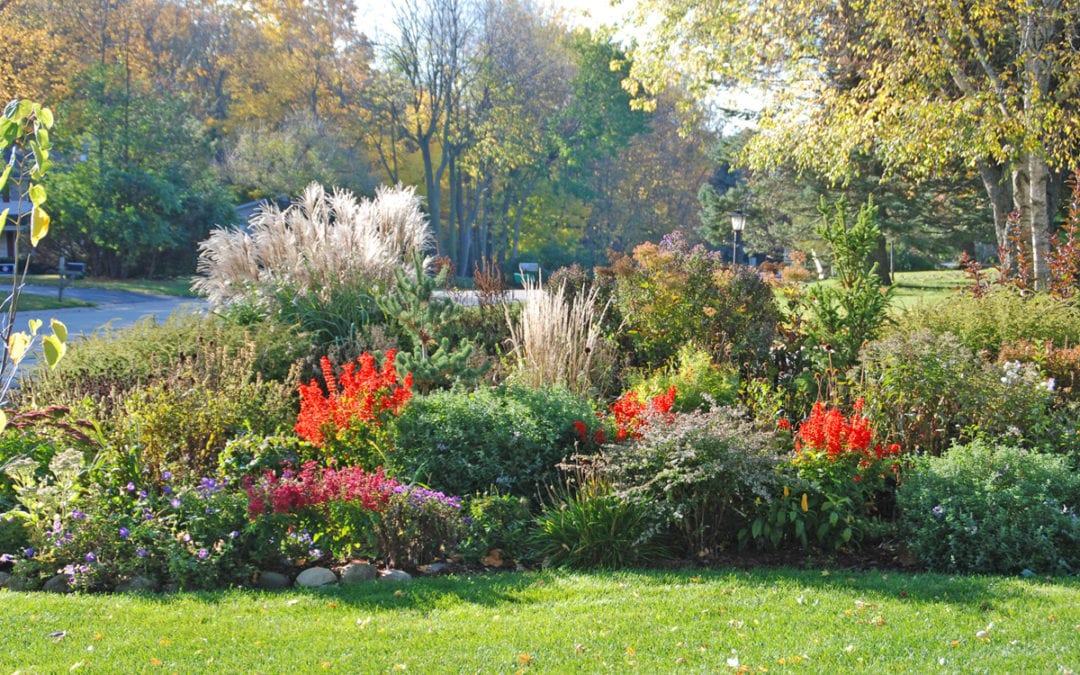Weather-wise, August has been an unusual month. Instead of the usual August average of 4.25 inches of rain, we’ve received almost 16 as of Monday morning. That’s a lot of rain. And except for a few more hot days in the high 80s, long-range forecasts are showing more moderate temperatures. Autumn weather is definitely on the way. Time to turn our gardening thoughts to winter preparedness.
The average first frost in the Madison area occurs in the first week of October, but we didn’t see a below 32-degree night until October 29th in 2017. Even so, you should formulate your plan for moving houseplants and other tropicals that have spent the summer outside indoors for the winter. You don’t want to get caught off guard when temperatures do drop below 40 degrees. Now is definitely a good time to apply some late-season insect control so that any plants moved inside are pest free. Problems that are merely annoying out of doors quickly become epidemics in the confined conditions of your home.
Some houseplants though, like Christmas Cactus and Cymbidium orchids, need to be chilled to help develop the flower buds. These plants can be left outside until night temperatures dip into the upper 30’s.
Don’t forget that there is much less light inside your house than you think, and you may notice some leaf drop or discoloration as plants acclimate to new light levels. Lessen this problem by placing the plants in the sunniest window that you have. You can gradually move low light plants to less sunny locations. You’ll also want to adjust your watering schedule. Plants will need less water as the days shorten and temperatures cool. Cut back on fertilizing as well.
Try taking some cuttings of your favorite Coleus, Fuchsias, and Geraniums to over-winter indoors. Take a 4 to 6-inch cutting from the tip of a healthy stem. Remove any flowers and the lowest set of leaves. Dip the cut end in some rooting hormone and place the cutting in a clean container filled with moist vermiculite or soil-less potting mix. Place in a bright location out of the direct sun and keep the rooting mix moist. Once the cuttings have rooted, move them to a sunny window and treat them as houseplants. This usually takes about two to three weeks
Powdery mildew always peaks as the temperature drops. We’ve identified plenty of cases on Ninebarks, Peonies, and Lilac. Cleaning up now can reduce re-infection next summer, so be sure to remove and discard all infected plant material when you prepare your garden for winter. And remember to water the soil, not the plants. This is even more important in the fall when the cooler temperatures can exacerbate mildew on wet foliage.
Unearth your frost protection like row covers and sheets and keep them handy in case a light frost is predicted. We like to go by the old saying ‘If you don’t have frost by the full moon in September, you won’t have frost until the full moon in October.’ It usually holds true, but Mother Nature has never marched to the beat of anyone’s drum but her own. So make like a Good Scout and Be Prepared.


